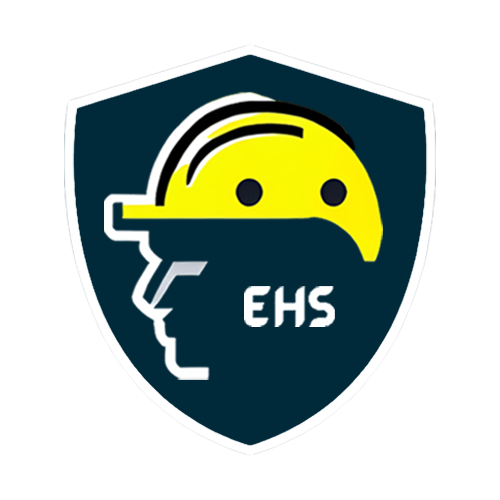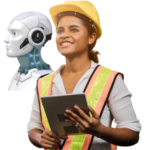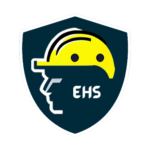Introduction of Vision AI
In today’s dynamic work environments, ensuring the safety of employees is a top priority. With the integration of Vision AI technology, organizations can take a significant leap forward in detecting Personal Protective Equipment (PPE) usage and, consequently, fortifying workplace safety. In this blog post, we’ll explore into the capabilities of Vision AI and how it can be harnessed to improve safety standards by monitoring and encouraging proper PPE usage.
1. AI Vision: A Workplace Safety Monitor
With the help of advanced computer vision algorithms, Vision AI acts as a watchful defender, continuously monitoring and evaluating visual input. This technology can be used to monitor the appropriate use of personal protective equipment (PPE), including helmets, safety glasses, gloves, and more, in the context of workplace safety. Predictive PPE usage detection guarantees a proactive approach to risk reduction and accident avoidance.
2. Real-Time PPE Detection: Timely Intervention for Enhanced Safety
One of the key advantages of AI technology is its capability for real-time detection. Through strategically placed cameras and intelligent image processing, the system can instantly identify whether employees are wearing the required PPE. Immediate alerts can be sent to supervisors or safety personnel, enabling timely intervention to address non-compliance and reinforce safety protocols on the spot.
3. Data-Driven Insights: Analyzing Trends in PPE Compliance
Not only does Vision AI identify PPE use, but it also gives beneficial data for continuous research. Organizations can obtain insights into PPE compliance patterns by compiling data over an extended period. Through a deeper understanding of the circumstances and locations that lead to non-compliance incidents, this data-driven approach enables the development of customized training programs and interventions to address particular issues.
4. Automated Compliance Reporting: Streamlining Safety Management
Gone are the days of manual PPE checks. Artificial Intelligence automates the process of monitoring PPE compliance, generating detailed reports on usage statistics. This not only saves time and resources but also provides a comprehensive overview of safety performance. These automated reports can be instrumental in demonstrating compliance with regulatory standards and serve as a valuable tool during safety audits.
5. Training and Employee Involvement: Promoting a Safety Culture
Beyond only enforcing the rules, Vision AI can help foster a culture of safety in the workplace. Employees follow safety procedures when gamification features or recognition programs linked to appropriate PPE usage are implemented. AI-driven systems may also identify areas that might benefit from further training, allowing groups to support specialized educational campaigns that raise awareness of safety in general.
6. Integration with Overall Safety Ecosystem
AI in Vision doesn’t work alone. It easily combines with more extensive safety ecosystems, such as current emergency response systems, safety procedures, and incident reporting systems. By ensuring a comprehensive safety strategy that encompasses more than just PPE compliance, this integration guarantees a holistic approach to workplace safety.
Conclusion:
Incorporating Vision AI for PPE detection marks a significant step forward in the pursuit of safer workplaces. By leveraging real-time monitoring, data-driven insights, and automated reporting, organizations can not only enhance their safety protocols but also foster a culture of vigilance and responsibility. Embrace the future of workplace safety with Vision AI and pave the way for a secure, compliant, and resilient work environment.



